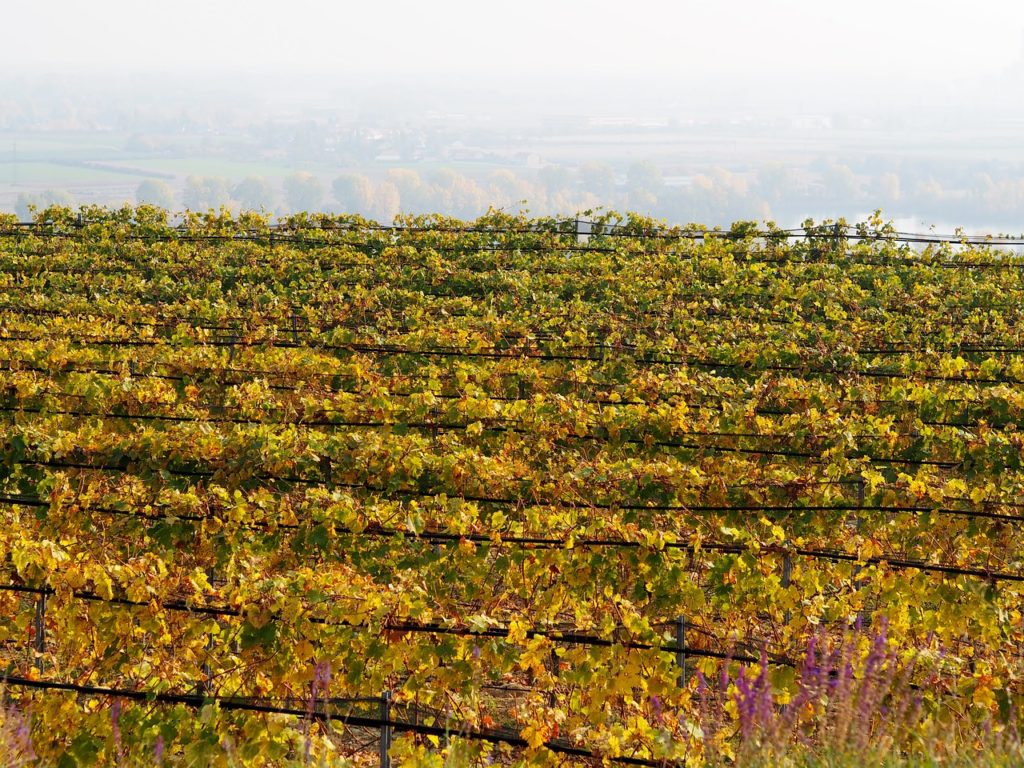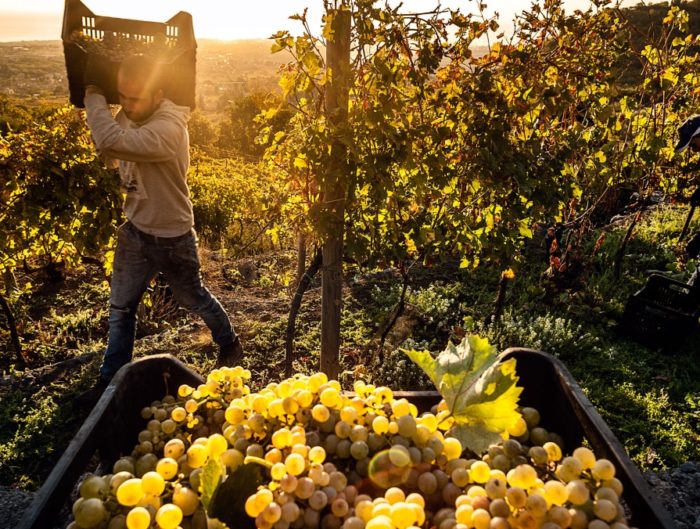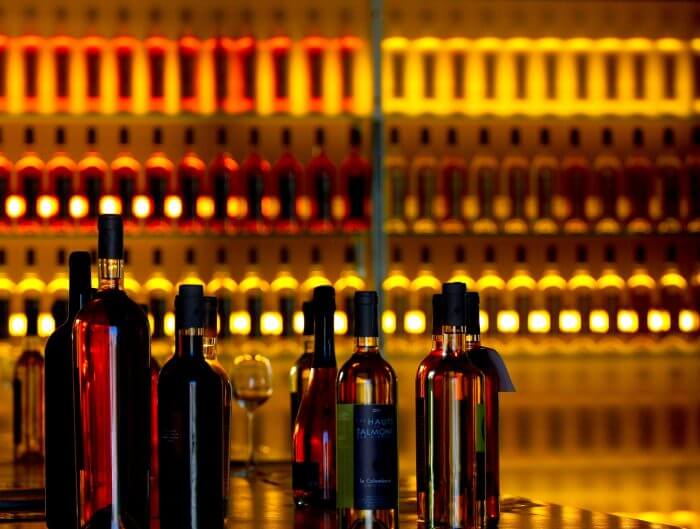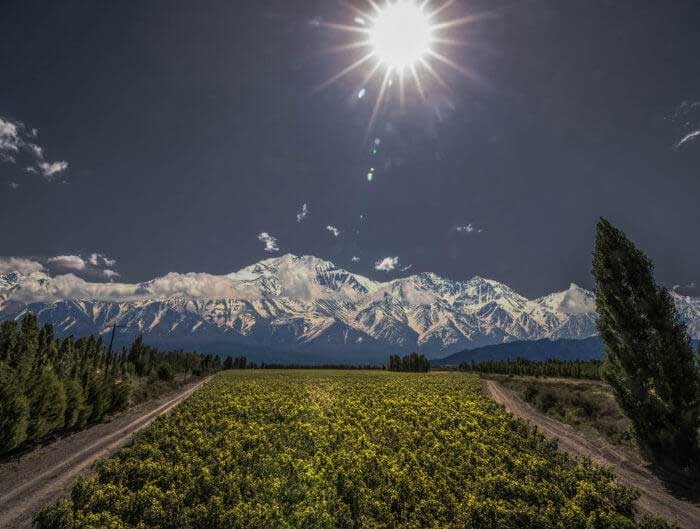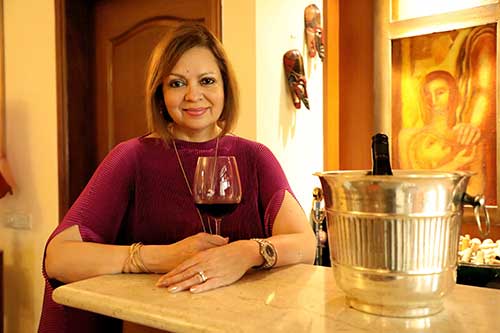It was Malbec World Day on April 17, 2019, and without a doubt, many bottles of this bold grape of French origin and Argentinian domicile were popped open and enjoyed the world over.
In the last few months, I have met a couple of game-changing producers from Argentina and was fascinated by the work that is going on behind the scenes to refine and broaden the scope of this often under-valued grape.
The grape which has found new roots quite literally, in the rich, varied terroir of Argentina, away from its original home in France. The new Malbec of Argentina is broadening its scope, no longer restricted to the image the world has hitherto has had of it since the late 20th century when it regained popularity – a wine of powerful tannins, rich red fruit, high alcohol, dominated by new oak.

Image: Flockine/Pixabay
New age winemakers in Argentina are finding new and unique ways to express the diverse terroir of the land, from the warmer regions of Mendoza‘s Luyan de Cuyo to the mountain reaches of Uco Valley.
More winemakers are reworking their techniques of making their Malbec wines. Many are giving up new oak barrels for large old oak foudres or concrete tanks, which allows the fruit to express itself. There is a move towards sustainable viticulture, of drawing from nature, of allowing the grape to shine through.
Awards and attention have begun pouring in, critics are now happy to traverse the oceans to visit the wineries. In Argentina, there is much rethinking, redeveloping and recreating going on. It will be a long, arduous road ahead, but the producers of Argentina believe they are up to the task.
My encounter with the new styles of Malbec deserved an article or three on Malbec World Day 2019, I feel. I spoke with the producers who make the wine, and the UK’s ambassador with the Wines of Argentina who is working to introduce these new expressions to the world. These will be a series of three articles, with a focus on the variety and quality of Argentina’s wines
Interview 1: Malbec today, all about altitude and soil
My first encounter with the new Malbec was in London during a portfolio tasting of a leading wine merchant. Amidst the bottles lined up for tasting was a group that stood apart. These were from the portfolio of Tinto Negro (meaning black wine). Tinto Negro was born of a collaboration between three former colleagues of the pioneering winery Bodega Catena Zapata in Argentina: Jeff Mausbach, Alejandro Sejanovich and Jorge Crotta. Crotta had brought down a fascinating range of terroir-driven Malbecs for the London trade to taste.
Here, limestone dominated the Limestone Block wine from Los Chacayes, bringing minerality and acidity to the fore from vineyards at 4000 feet, while their Finca Escuela 2016 from vineyards in Paraje Altamira showed an intriguing variety of complex flavours from the gravel, silt, and sand from different parcels. Finally, the 1855 Vineyard 2015 from Uco Valley showed the depth and complexity of old vine grapes.
These were all wines well-suited to ageing. And undoubtedly a fascinating morning of discovery.
Excerpt from my interview with Crotta, below.
Can you explain more about the changes which are being made in Argentina to make more terroir-driven wines? As for Tinto Negro, what is your philosophy in winemaking?
There is a worldwide trend towards making wines with more sense of place, otherwise, we end up having big, rich concentrated wines. Our philosophy as viticulturalists is to focus on location of vineyards so that our wines reflect those locations and soils.

The Tinto Negro wines I tasted expressed the terroir – the soil and climate of the region very precisely, like never before. The Limestone Block was so different from Finca la Escuela – each was unique, both were Malbec. What do you want to offer the consumer through your’single soil’ range of wines?
The idea is to be able to taste a different style of Malbec, more approachable and friendly, with lots of freshness.
Malbec from Argentina has gained popularity around the world, though you feel there is a need still to increase appreciation of quality, as we discussed earlier. What is being done in Argentina to change world views?
There is a big revolution in Argentina in diversity of places. Now we are not just talking of Malbec from Argentina, but Malbec from Mendoza or Salta, and within Mendoza, a Malbec from Lujan de Cuyo or from Altamira, or from any of the different sites we have here.
Do explain about the complex terroirs of Argentina, and what each geography lends to different expressions of Malbec? For instance, Uco Valley, Paraje Altamira etc?
In our land, altitude plays a big effect. The higher you go, the more intense the sunshine but the temperature gets colder. So a Malbec from 700 meters above sea level tastes very different from a Malbec grown at 900 meters or even 2000 metres. And again, within each different altitude, you have different soils. In the lower altitudes you have richer soils with more organic material, so plants produce more yields. When you start to go higher and higher, you get poorer soils so yields are less and less, leading to natural concentration and intensity. Our idea is to make longer life wines rather than powerful ones, focusing on the difference that a specific soil can bring to the table, for example, sandy soil versus limestone. This will give you two totally different styles of Malbecs: the first one bigger, rounder and the second more floral, savoury, with more acidity.
View my YouTube video of Jorge Crotta (below) where he talks about altitude and soil in Mendoza, and how it expresses in the Malbecs of Tinto Negro.
Main image: Pixabay/Bruno Glatsch


